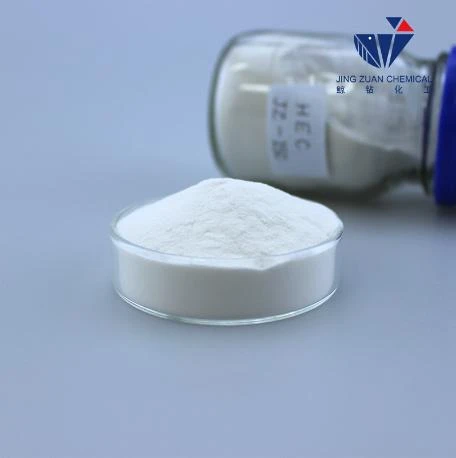
des. . 03, 2024 17:18 Back to list
HPMC and Its Related HS Code Understanding Applications and Regulations
Understanding HPMC and Its HS Code A Comprehensive Overview
Hydroxypropyl Methylcellulose (HPMC) is a cellulose derivative that has gained significance in various industries due to its versatile properties. This non-ionic polymer is widely used as a thickening agent, emulsifier, binder, and film-forming agent. Its applications range from pharmaceuticals to construction, food products, and cosmetics. One essential aspect of HPMC that often raises questions is its Harmonized System (HS) code, which plays a critical role in international trade and regulation.
What is HPMC?
HPMC is synthesized from cellulose, a natural polymer found in plant cell walls. It is produced by substituting hydroxyl groups in cellulose with hydroxypropyl and methoxy groups, resulting in a compound with distinct characteristics. HPMC is known for its solubility in water, making it an ideal candidate for various applications. In the pharmaceutical industry, it is commonly used in the formulation of controlled-release medications, as it can regulate the release of active ingredients over time. In the food industry, HPMC serves as a thickener and stabilizer, enhancing texture and consistency.
In construction, HPMC is a crucial ingredient in cementitious products, improving workability and water retention. Additionally, it is utilized in cosmetic products for its film-forming properties, providing a smooth application and enhancing the stability of formulations.
The Importance of HS Codes
The Harmonized System (HS) is an internationally standardized system for classifying traded products. It was developed by the World Customs Organization (WCO) and is updated every five years to accommodate changes in the global market. HS codes facilitate international trade by providing a systematic framework for customs duties, trade statistics, and regulatory compliance.
Each HS code consists of at least six digits, which can be expanded to accommodate more specific categories based on national regulations. The first two digits represent the chapter, the next two denote the heading, and the last two specify the subheading. Additional digits may be added by individual countries for domestic purposes.
hpmc hs code

HPMC HS Code
The HS code for Hydroxypropyl Methylcellulose is generally categorized under 3912.20. This classification falls within Chapter 39, which encompasses plastics and articles made from plastic. The use of this code ensures that HPMC is accurately represented in international trade transactions, allowing for proper tariff assessments and fulfilling regulatory requirements.
The importance of using the correct HS code cannot be overstated. Misclassification can lead to severe penalties, delays in shipments, and additional costs, making it essential for businesses engaged in the import and export of HPMC to stay informed about the correct classification.
Applications and Market Trends
The demand for HPMC has been on the rise, driven by its extensive applications and the growing awareness of its benefits across multiple sectors. In the pharmaceutical sector, the trend towards developing sustained-release formulations has created an increased demand for HPMC as a crucial excipient. The construction industry's expansion, particularly in developing countries, further fuels demand, as HPMC improves the performance of building materials, increasing their adhesion and flexibility.
The food industry’s emphasis on clean-label products also drives the demand for HPMC, as consumers seek natural ingredients. Its ability to act as a stabilizer and emulsifier makes it an attractive alternative to synthetic additives.
Conclusion
Hydroxypropyl Methylcellulose (HPMC) serves as a multifunctional ingredient across various industries, with its unique properties catering to a wide array of applications. Understanding the HS code for HPMC is crucial for businesses operating in the global market, as it ensures compliance and facilitates smoother trade operations. As market trends continue to evolve, the importance of HPMC and its classification will undoubtedly remain at the forefront of discussions in both regulatory and industry contexts. Ensuring accurate knowledge and application of the HS code will allow businesses to navigate the complexities of international commerce effectively, promoting growth and sustainability in their respective fields.
-
Unlocking the Benefits of HPMC Products: A Gateway to Versatile Applications
NewsAug.07,2025
-
Unleashing the Potential of HPMC Ashland: A Comprehensive Look
NewsAug.07,2025
-
Tile Bonding Cellulose: The Key to Superior Adhesion and Durability
NewsAug.07,2025
-
Hydroxypropyl Methylcellulose Powder: The Versatile Component in Modern Pharmaceuticals
NewsAug.07,2025
-
Hydroxyethyl Cellulose: The Versatile Solution for Various Industries
NewsAug.07,2025
-
Hydroxyethyl Cellulose (HEC): The Versatile Polymer for Various Applications
NewsAug.07,2025







